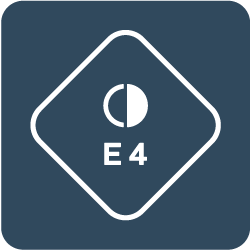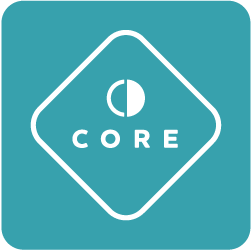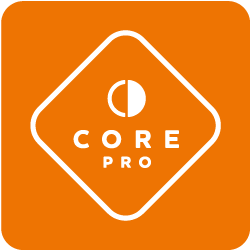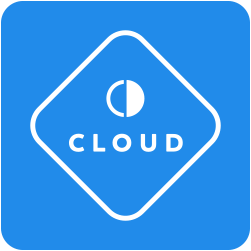
When you are looking at implementing new recruitment software into your agency, there are a number of ways your recruitment agency can prepare to ensure the implementation runs smoothly and your software users embrace your new investment.
Recruitment software implementation services differs from one software provider to another, and will generally depend on:
- The type of recruitment software purchased
- Installing the software on your infrastructure
- The type and complexity of data migration
- Configuration of the recruitment CRM
- Any bespoke software development
- User acceptance testing
- Training of the software users
Most recruitment software providers will offer a implementation specialist to coordinate the requirements with you, or paid project management / implementation services. Irrespective of what implementation approach your recruitment software provider offers, below are 6 steps your agency can take to prepare for the recruitment software implementation process.
Step 1. Get The Right People Involved
As your recruitment software is used by staff across your agency, the importance of creating a dedicated project team which includes a team member from each department will ensure you have the right people involved with your recruitment software implementation. Each team member should bring their knowledge of your business, to provide input, and do not underestimate the amount of time involved to implement the software successfully into your recruitment agency.
Step 2. Know Your Business
One of first steps for the project team is to ensure that they have a good understanding of how your agency operates in the delivery of your end-to-end recruitment services, to both candidates and clients. Do not underestimate the little things. By having either your processes documented or a clear understanding within the project team, this will ensure that they are able to address your specific business requirements during each stage of the implementation process.
Step 3. Know Your Data
Data migration is not a one-size fits all service and it will depend on what your recruitment agency decides is ‘essential’ data required in your new recruitment CRM. The only individuals who really know your data are you and your staff. Spend the time to review all your data, identify what is ‘essential’ data to migrate to your new recruitment software and cleanse it. This may include removing duplicate or incomplete records, or inconsistencies in data formats, or how the data has been entered. The time spent cleansing your data up front will certainly assist with any data migration services you purchase.
Step 4. Configuration And Test
Once your recruitment CRM has been installed onto your infrastructure and your data migration is scheduled or delivered, it is time to configure your new recruitment software. Depending on the type of recruitment software purchased, you may be able to do the configuration yourself or it might involve paid, bespoke configuration or software development. Spend the time by referring back to your processes, and test the software to ensure you have identified any gaps in the configuration and setup.
Step 5. Invest In Training
Understandably, recruitment software training can be seen as an additional option (and an additional cost) and not always essential. However, software training is a hugely important element to ensuring your staff have the knowledge and skills to successfully do their role efficiently. The more your staff are trained and understand how your new recruitment software supports them doing their role better, the more it will be embraced.
Step 6. Support Your Staff
The majority of learning for any software happens outside of the formal training program, as your staff get on with their daily work. To maximise the investment from the initial training, many recruitment agencies implement a continuous learning environment which aims to support staff after the initial formal training as their staff continue to use the new recruitment software and require either additional support or refresher training as they go.
See what fellow recruiters have to say regarding the landscape for the UK & Ireland recruitment industry in 2018, download our free eBook today.





